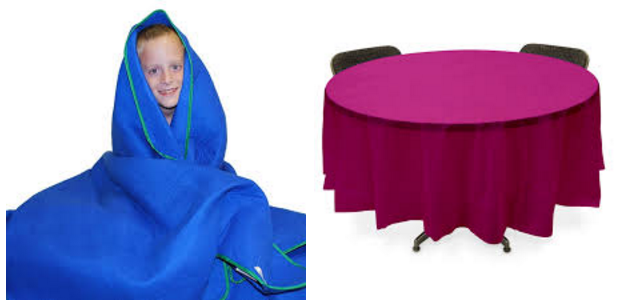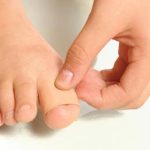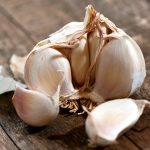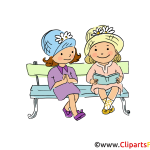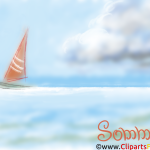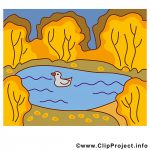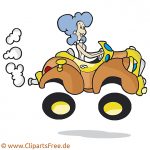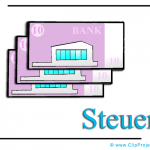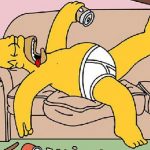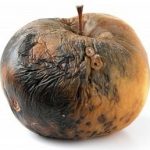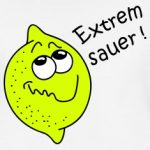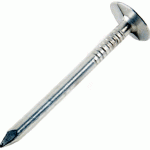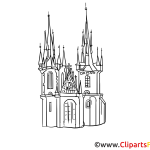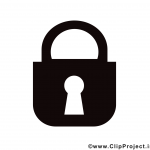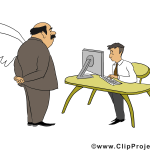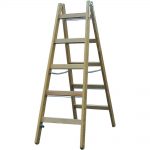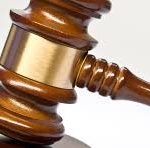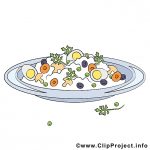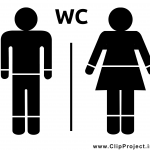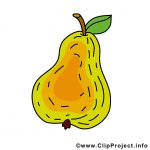Zehe (die, n): toe and clove (of garlic)
Bank (die): bench (Pl.: Bänke) and bank (Pl.: Banken)
See: sea (die) and lake (der)
Steuer: steering wheel (das) and tax (die)
faul: lazy and rotten
sauer: sour and mad (of)
Nagel (der, ä-/): nail and pin
Schloss (das, ö-er): castle and lock
Leiter: manager (der, /) and ladder (die, -n)
Föhn (der, -e): warm wind and hair dryer
Gericht (das, -e): court and meal
Glas (das, ä-er): glass (of water), jar and glass (material)
Decke (die, -n): ceiling, blanket and table cover
Strauß (der, ä-e): ostrich (bird), bouquet and famous composer’s last name
Schild: shield (der, -e) and tag (das, -er)
Tau: rope (das, e) and dew (der)
Gehalt: content (der, -e) and salary (das, ä-er)
Mutter (die): mother (Pl.: Mütter) and screw nut (Pl.: Muttern)
scharf: sharp and spicy
Ring (der, e): boxing ring and ring on the finger
Birne (die, -n): fruit and bulb
Junge: boy (der) and offspring (das)
For teachers: you can play one game with your students called “Mein Teekesselchen”. You say: “Mein Teekesselchen ist/kann…” or ” In/mit/auf meinem Teekesselchen kann man…” and the students guess which word you are looking for. You should give them one sentence for each part of the homophone-pair. That way they will be able to guess better. For example, you could say: Auf meinem Teekesselchen kann man sitzen + In meinem Teekesselchen kann man sparen ->>> die Bank.

